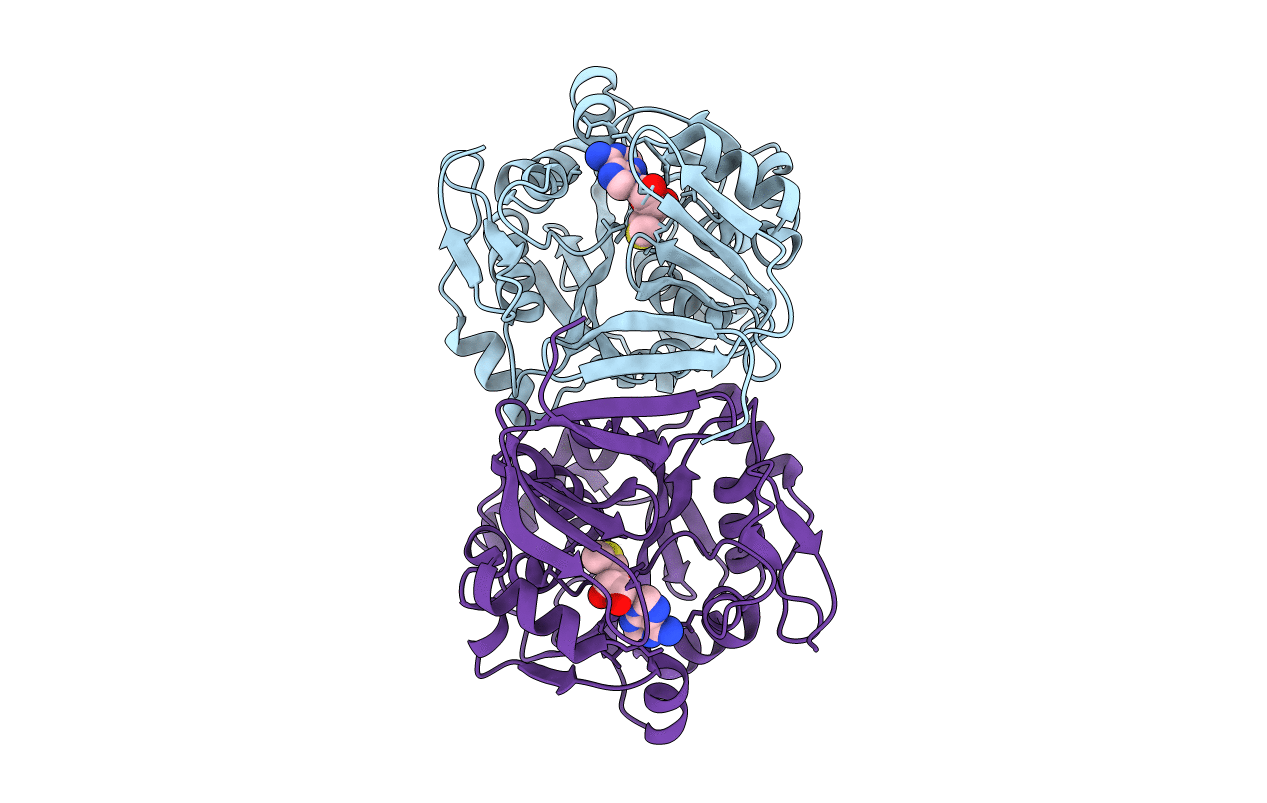
Deposition Date
2010-09-14
Release Date
2011-04-13
Last Version Date
2023-11-01
Entry Detail
PDB ID:
3ANX
Keywords:
Title:
Crystal structure of triamine/agmatine aminopropyltransferase (SPEE) from thermus thermophilus, complexed with MTA
Biological Source:
Source Organism:
Thermus thermophilus (Taxon ID: 300852)
Host Organism:
Method Details:
Experimental Method:
Resolution:
2.50 Å
R-Value Free:
0.26
R-Value Work:
0.18
R-Value Observed:
0.18
Space Group:
P 43 21 2


